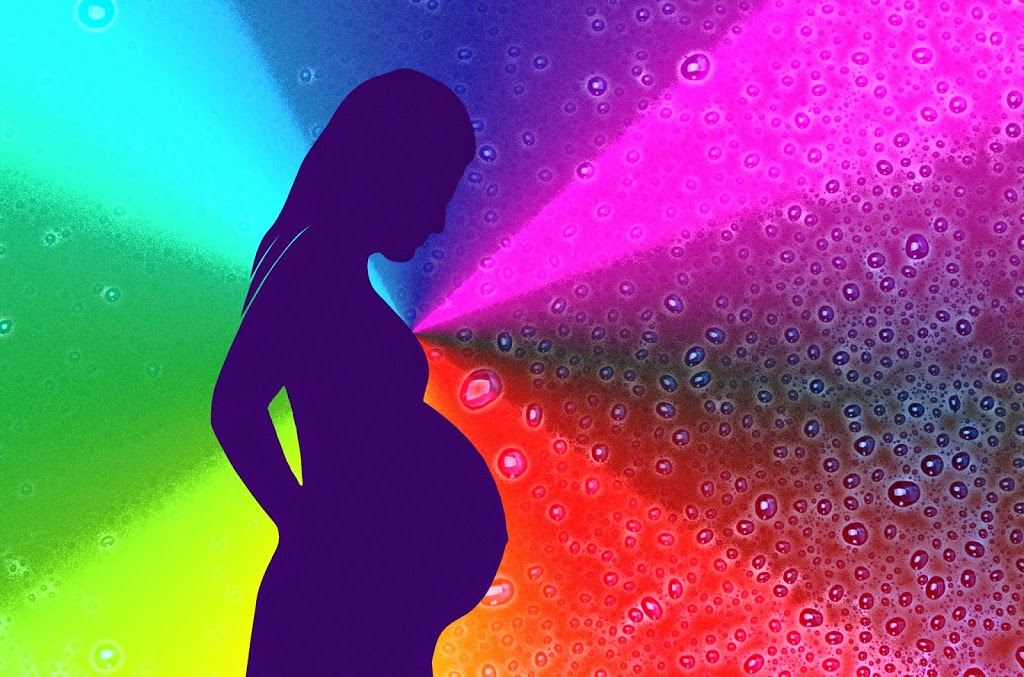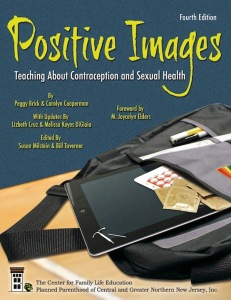Tomorrow’s post, which I’ve already got ruminating around in my head, partially written even, is going to be about National Coming Out Day, which is always on October 11th (which is Saturday). October is also LGBT History Month! As I am pondering the post for tomorrow and this LGBT history month and flipping through Positive Images from my posts from earlier this week, I came across this and thought it appropriate:
_____________________________________________________________________
HOW COULD THAT BE?
A Lesson about Identity, Behavior, Perception and Risk
by Luca Maurer and Maureen Kelly
by Luca Maurer and Maureen Kelly
Objectives:
By the end of this lesson, participants will be able to:
- Explain the disparities between rates o unplanned pregnancy of lesbian, gay, and bisexual youth and heterosexual youth.
- Describe the difference between identity and/or group connections and behavior, and ways that this distinction is important when it comes to sexual health.
- Identify factors that may put lesbian, gay, and bisexual youth at higher risk for unplanned pregnancy, and thus also sexually transmitted infections (STIs) than heterosexual youth.
- Describe how people of all orientations can reduce their risk for unplanned pregnancy and STIs.
Rationale:
Despite “conventional wisdom” that might indicate otherwise, lesbian, gay, and bisexual (LGB) youth are at even greater risk for unplanned pregnancy than their heterosexual peers. And since unprotected sexual behaviors that may led to unplanned pregnancy also put people at risk for STIs, LGB youth also face increased STI risks. This lesson provides an opportunity for participants to learn about this unexpected and complex lens through which to explore unplanned pregnancy and the risk for STIs. This lesson also provides participants with an opportunity to assess their own risk and provides information to encourage behavior change to increase intentional and protective safer sex choices when appropriate.
_____________________________________________________________________
The realities of what it means to be a youth questioning your sexual orientation can be emotional. This lesson highlights the ways that emotionality can influence sexual decision-making in problematic ways.
The lesson outlines a few of the reasons why LGB youth may be at higher risk for unplanned pregnancies and STIs:
- Risk for teen pregnancy remains higher for LGB youth compared to heterosexual peers. When teen pregnancy rates decreased overall, they actually increased for LGB teens. This suggests pregnancy prevention efforts aimed primarily at heterosexual teens have not been effective for sexual minority youth, whose reasons for pregnancy involvement may differ.
- Another possible contributor to higher rates of teen pregnancy among LGB youth is having less access to supportive resources, such as feeling connected to family or at school. Disconnected youth may reach for caring connections through parenthood.
I’ve also heard it suggested that LGB teenagers step into heterosexual relationships as a way to “prove” their heterosexuality. What better way to stave off claims that someone is gay than to have non-gay sex? Even sex that is so dramatically, visibly non-gay as to produce a child!
This is not a small issue. LGB youth already face enormous issues in our society – as is made crystal clear by the two points from the lesson itself. Without the majority of sexuality education speaking to them, they are left without that appropriate educational support. When family and friends are also distant – when having confidants to be really honest with seems like a goal so far away – young people can reach out in unexpected ways to find connections. I say young people, but really, doesn’t everyone do this? If you’re alone and silenced, any connection can feel worth fighting for.







